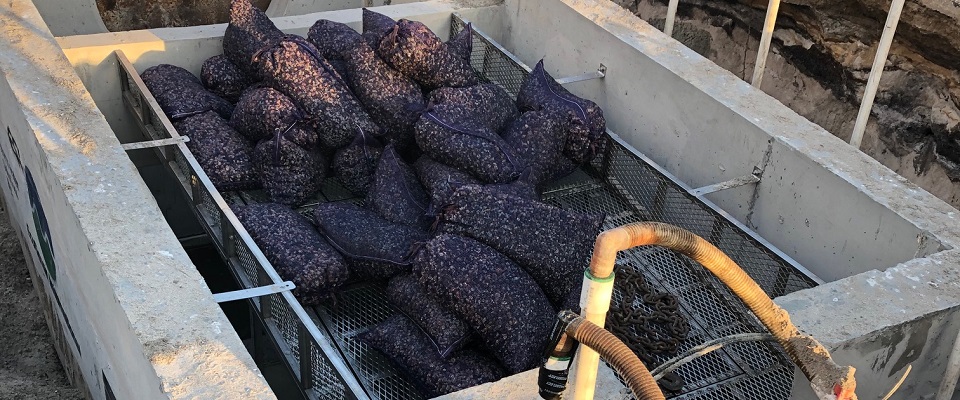
 BioChar
BioChar BioChar
Filtration Technology
Urban stormwater management faces multiple challenges: variable pollutant load, composition and flow rates and episodic nature of events, which requires a technologically sophisticated, versatile and reliable filter media that is available in large quantities at low cost. Media that is compatible with other media and have a flexibility to be modified by adding other components to create a custom blends to address specific contaminates in specific areas of interest.
Biochar, was originally called Terra Preta, a form of agricultural charcoal. It derived from variety of organic materials, that have been heated to high temperatures at low oxygen levels in a process known as pyrolysis. Final product, BioChar is a fine-grained, highly porous charcoal-like material, rich in carbon and extremely resistant to decomposition. Its porous structure with extraordinary amount of surface area, often exceeding 400 m2/g, makes BioChar a highly adsorbent material and provides a perfect site for microbial growth of microorganisms involved in nutrient transformation. In addition, its surface has a variable charge which increases cation exchange capacity (surface sorption capacity) and base saturation.
BioChar production is a sustainable solution which converts biomass waste into an effective and efficient water filtration media.
Successfully used for:
Heavy Metal Remediation (Zinc and Copper)
Phosphorus removal
Nitrate removal
Common pesticide and herbicide removal
In stormwater pollutant capture technologies or systems, BioChar can be used alone or mixed with other components to form media that enhance specific pollutant removal.
Some of the applications include:
• Filtration media in new treatment systems, especially roof downspout units and aboveground vaults (DeNitra-Vault, EcoVault-DN)
• Supplemental or replacement media in existing treatment systems such as sand filters
• Direct or mixed media (NutriGone) addition to a stormwater storage vaults
• Direct application in bio-retention or swale systems, gabions and denitrifying walls
• Infiltration basins and exfiltration beds
• Low Impact Development (LID)
• Filtration socks and slings
• Hanging filters in catch basins
• Constructed/engineered wetlands
• Direct addition to lakes and ponds
• Drainfields


